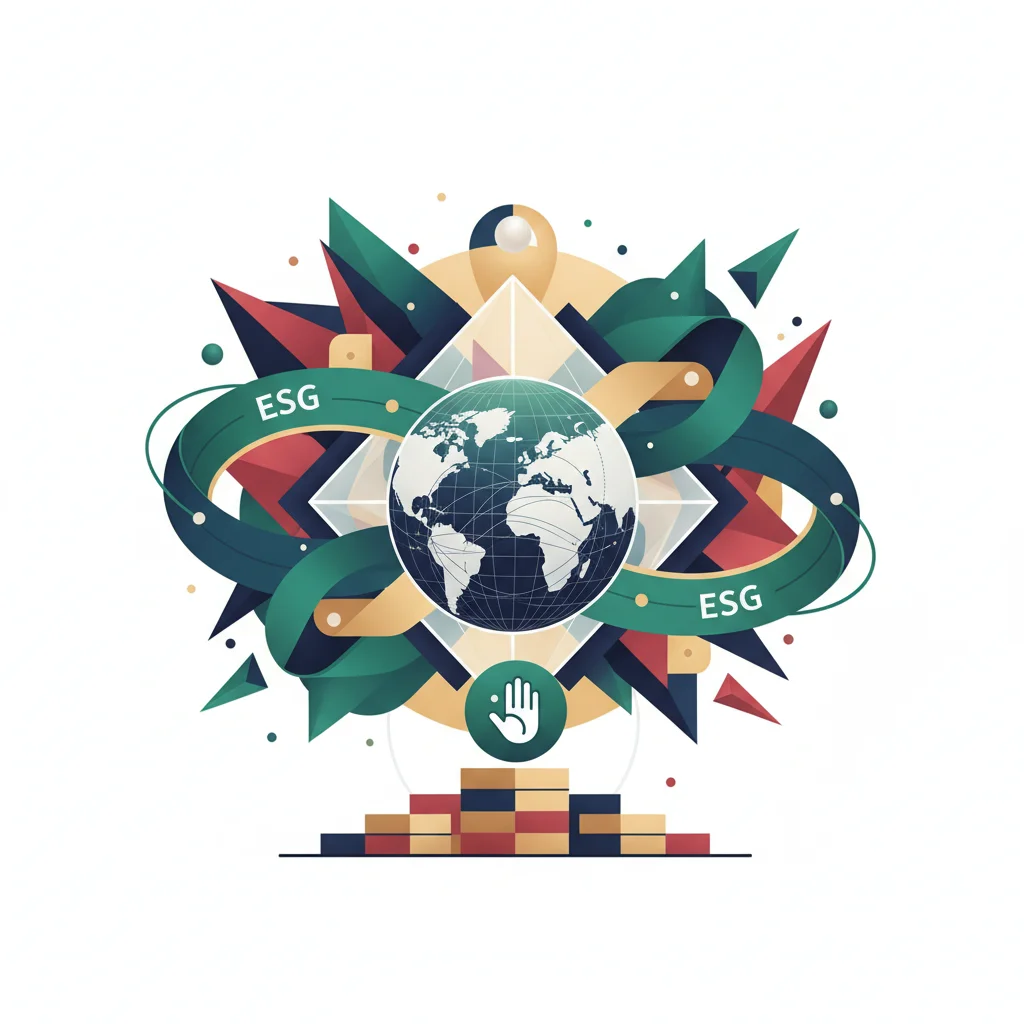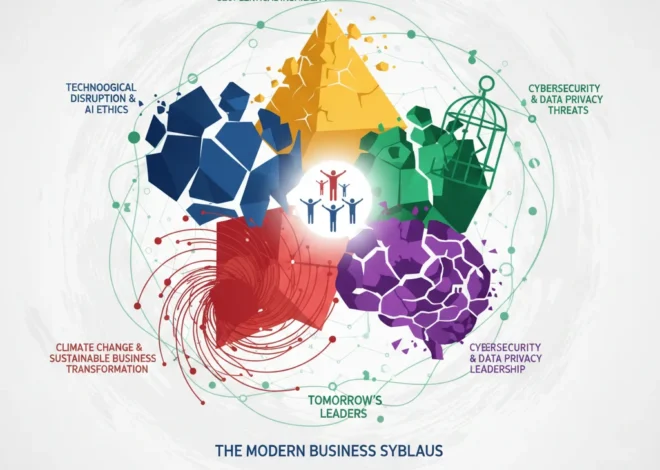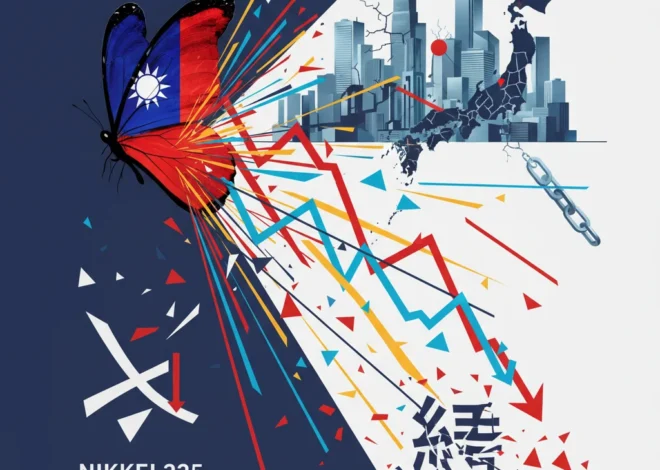
Beyond the Sparkle: Reforming the Diamond Trade for a New Era of ESG and Geopolitical Risk
The Uncomfortable Truth Behind the Sparkle
Diamonds have long been the ultimate symbols of love, commitment, and luxury. But behind their scintillating facade lies a complex and often dark history. For decades, the term “blood diamond” has been synonymous with brutal civil wars in Africa, where the sale of rough diamonds funded horrific conflicts. The global response was the Kimberley Process Certification Scheme (KPCS), established in 2003 to stem the flow of these conflict stones. For a time, it was seen as a landmark achievement in corporate and social responsibility.
Today, however, that system is facing a crisis of relevance. The very definition at its core is being criticized as dangerously obsolete, a relic of a bygone era. As reported by the Financial Times, the World Diamond Council (WDC)—an industry body representing the entire diamond supply chain—is now urgently calling for reform. The reason? The current framework is powerless to address the new face of conflict diamonds: those sold by sovereign states to finance acts of aggression, most notably Russia’s war in Ukraine. This challenge isn’t just about ethics; it’s a critical issue for the global economy, for investors focused on ESG (Environmental, Social, and Governance) principles, and for the future of the entire luxury goods stock market.
A Loophole Big Enough for a Tank to Drive Through
The fundamental flaw of the Kimberley Process lies in its narrow definition of a “conflict diamond.” The scheme was designed to certify rough diamonds as “conflict-free” by preventing gems that funded rebel movements against legitimate governments from entering the mainstream market. While noble in its original intent, this definition has a glaring omission: it does not account for violence perpetrated by sovereign governments.
This loophole has been thrown into sharp relief by Russia’s invasion of Ukraine. Russia’s state-owned diamond mining company, Alrosa, is one of the world’s largest producers, accounting for roughly 30% of global rough diamond output (source). The revenues from these sales directly contribute to the Russian state’s finances and, by extension, its war machine. Yet, under the current KPCS rules, these diamonds are not considered “conflict diamonds.” They are certified and flow into the global market, effectively laundering conflict financing through a system designed to prevent it.
The World Diamond Council is proposing a crucial update to modernize this outdated framework. Below is a comparison of the current definition versus the proposed, more comprehensive one.
| Aspect | Current Kimberley Process Definition | Proposed Broader Definition |
|---|---|---|
| Definition of “Conflict Diamond” | Rough diamonds used by rebel movements to finance wars against legitimate governments. | Diamonds associated with any systematic violence, whether by rebel groups, private militias, or state actors. |
| Scope of Concerns | Primarily focused on funding civil wars. | Expanded to include systemic human rights abuses, labor rights violations, and environmental concerns. |
| Applicability to Russia/Ukraine | Not applicable, as Russia is a sovereign state and a KPCS member. | Directly applicable, as it would cover gems whose sales finance state-led aggression. |
The proposed change would represent a seismic shift, transforming the Kimberley Process from a narrow anti-rebellion tool into a modern instrument of ethical governance and international security. However, implementing this change is a monumental task, as the KPCS operates on a consensus basis, meaning any single member state can veto reforms. Unsurprisingly, countries like Russia, Belarus, and China have blocked previous attempts at reform.
The Prime Factor of Risk: What a Simple Numbers Puzzle Reveals About the Stock Market
Can Financial Technology Restore the Sparkle?
While diplomatic efforts stall, a powerful solution is emerging from the world of financial technology (fintech) and blockchain. The traditional paper-based certification process is vulnerable to forgery and lacks granular transparency. It’s a system built on trust in a world where trust is in short supply.
Blockchain technology offers a radical alternative: a decentralized, immutable digital ledger. Here’s how it could revolutionize the diamond supply chain:
- Mine-to-Market Traceability: A unique digital “birth certificate” or token can be created for each rough diamond at the point of extraction. This token would record every transaction—from the mine to the cutter, to the polisher, to the jeweler.
- Immutable Record: Every step is recorded as a block on the chain, cryptographically linked to the previous one. This creates a permanent, tamper-proof history of the diamond’s journey, making it nearly impossible to substitute a conflict stone into the legitimate supply chain.
- Enhanced Due Diligence for Banking and Finance: Financial institutions providing trade finance and insurance for diamond shipments could use this verifiable data to conduct robust due diligence. This reduces risk and ensures that the banking sector is not inadvertently facilitating illicit trade.
Companies like De Beers have already pioneered this path with their Tracr™ platform, which aims to provide provenance assurance for a significant portion of the world’s diamonds (source). This fusion of heavy industry and cutting-edge fintech is not just a PR exercise; it is a fundamental re-engineering of trust and a direct response to the demands of a more discerning market.
The Honesty Box Economy: An Unlikely Lesson in Trust for Modern Finance and Fintech
The Investor’s Calculus: ESG, Reputational Risk, and the Bottom Line
For finance professionals and investors, the call to reform the diamond trade is a clear signal of a maturing ESG landscape. The “S” (Social) and “G” (Governance) in ESG are no longer about vague corporate promises; they are about concrete, verifiable actions within a company’s supply chain. The diamond industry’s current crisis offers several key takeaways for the modern investor:
- Supply Chain Integrity as a Financial Metric: A company’s inability to fully trace its raw materials is a significant, unpriced risk. For publicly traded jewelry giants like Signet Jewelers or LVMH (owner of Tiffany & Co.), a scandal linking their products to human rights abuses or conflict financing could have a devastating impact on their stock market valuation.
- The Weaponization of Commerce: The use of commodity exports to fund military action is a powerful reminder that global economics and geopolitics are inextricably linked. Investors must now assess “provenance risk” with the same seriousness they apply to market risk or credit risk.
- Consumer Power Driving Corporate Change: The ultimate driver of this reform will be the end consumer. A new generation of buyers, armed with more information than ever, is demanding ethical sourcing. Companies that fail to provide this assurance will lose market share to those that do. This consumer sentiment directly influences long-term corporate profitability and, therefore, investment returns.
The push to redefine “conflict diamonds” is about more than just a single industry. It’s a litmus test for our global commitment to ethical commerce. It demonstrates the growing power of the ESG movement to force transparency and accountability in even the most opaque corners of the global economy.
Venezuela on the Brink: An Economic Autopsy and Its Impact on Global Finance
A Future Carved Under Pressure
The diamond industry is at a crossroads. The pressure to reform the Kimberley Process is immense, driven by the stark reality of the war in Ukraine and the unwavering demands of the ESG-conscious investment community. While the path to diplomatic consensus is fraught with obstacles, the momentum for change is undeniable.
The convergence of consumer activism, investor pressure, and technological innovation like blockchain is creating a new paradigm for accountability. Whether through a reformed KPCS or a new, industry-led system built on financial technology, the goal is the same: to ensure that a symbol of love is never again allowed to be a source of funding for conflict. For business leaders and investors, the message is clear: in the 21st-century economy, transparency is not just a virtue; it is the ultimate currency.


